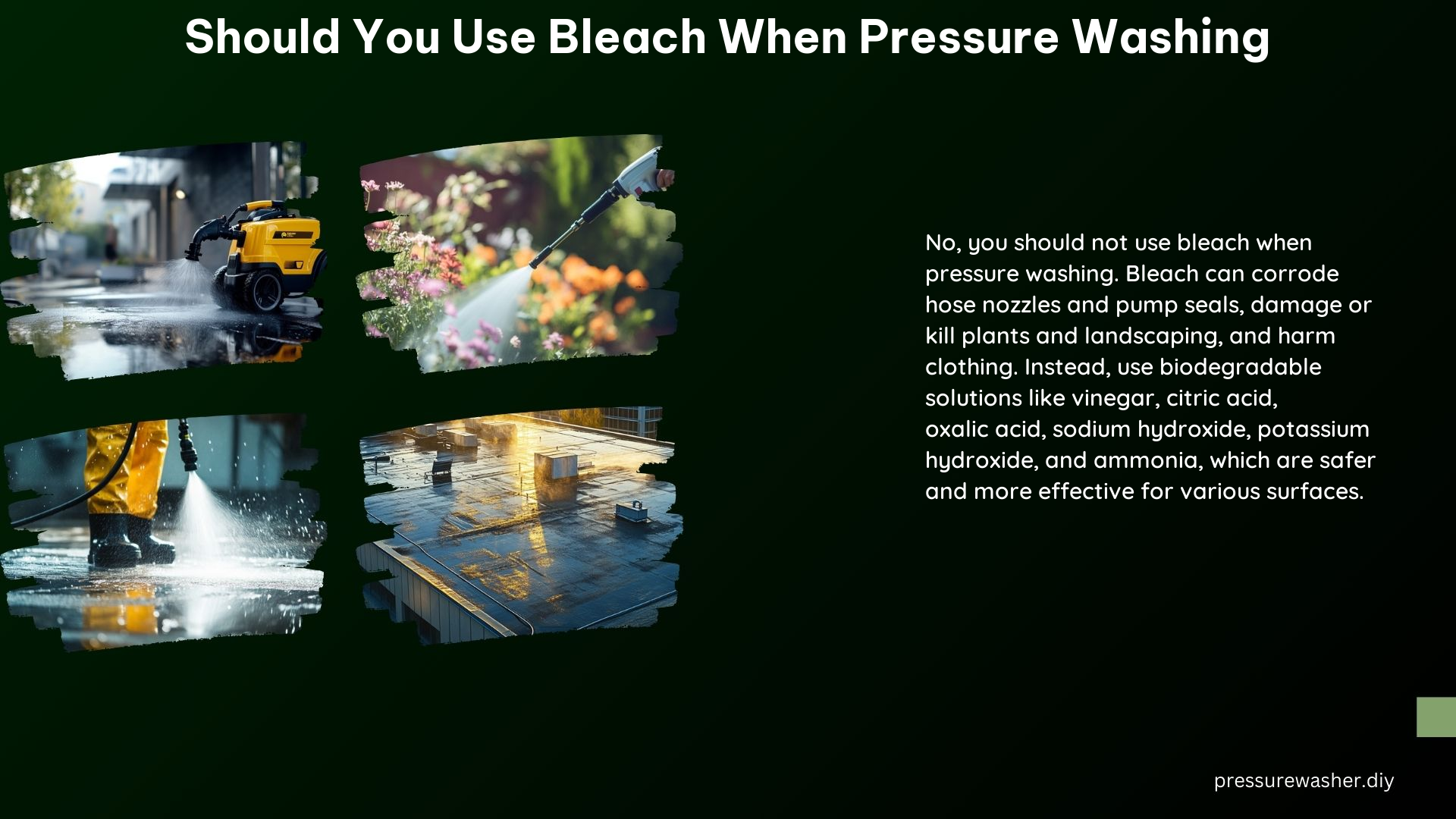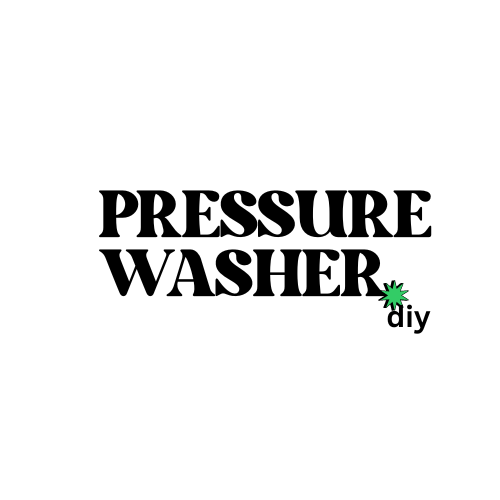Using bleach when pressure washing can be an effective way to disinfect and remove mold and mildew, but it comes with several risks and drawbacks that make it a less desirable choice for most pressure washing tasks. In this comprehensive guide, we’ll explore the technical specifications, safety precautions, and alternative cleaning solutions to help you make an informed decision on whether to use bleach when pressure washing.
Damage to Surfaces and Equipment
Bleach is a powerful oxidizing agent that can break down and damage certain building materials commonly found on the exterior of homes and structures. Vinyl siding, older wood, and painted surfaces are particularly vulnerable to bleach-induced degradation, leading to discoloration, fading, and even structural damage over time.
Moreover, the corrosive nature of bleach can also wreak havoc on the seals and gaskets within pressure washers, causing leaks, malfunctions, and potentially shortening the lifespan of the equipment. This can result in costly repairs or even the need to replace the pressure washer entirely.
Environmental Concerns

Bleach is not only harmful to the surfaces it’s used on but also poses a significant threat to the surrounding environment. When rinsed away, the bleach-containing runoff can contaminate nearby plants, landscaping, and even stormwater systems, leading to the potential for ecological damage and water pollution.
The impact of bleach on the environment is particularly concerning in areas with strict regulations or sensitive ecosystems, where the use of harsh chemicals may be heavily restricted or prohibited.
Safety Risks
Handling and using bleach during pressure washing operations can also present serious safety risks to the operator. Exposure to the fumes, splashes, or mists generated by the pressure washing process can cause skin irritation, respiratory issues, and eye damage if proper safety gear is not worn.
To mitigate these risks, it’s essential to follow strict safety protocols, including wearing waterproof boots, an apron, water-resistant gloves, and safety goggles. Additionally, the bleach solution must be properly mixed and stored to prevent further hazards.
Alternatives to Bleach
Fortunately, there are several safer and more environmentally friendly alternatives to bleach that can be used for pressure washing tasks. These include:
| Alternative | Application |
|---|---|
| Vinegar | A safe and effective cleaner for various surfaces |
| Citric Acid | Ideal for cleaning grime from concrete and wood |
| Oxalic Acid | Used to correct rust |
| Sodium Hydroxide | Effective for breaking down grease, fats, and oils |
| Potassium Hydroxide | Used for mixing soft soaps |
| Ammonia | An effective exterior glass cleaner |
These alternatives offer similar cleaning power without the risks associated with bleach, making them a more suitable choice for pressure washing projects.
Professional Approach
When it comes to pressure washing, professional service providers often take a more cautious and environmentally conscious approach. They typically use biodegradable detergents and cleaning solutions that rinse away without harming plants, landscaping, or water systems.
Additionally, some professionals may opt for a “soft washing” technique, which utilizes lower pressure and gentler cleaning methods to effectively kill mildew, mold, and bacteria without damaging the underlying surfaces.
Conclusion
While bleach can be an effective cleaning agent for certain pressure washing tasks, its risks and limitations make it a less desirable choice for most applications. By understanding the technical specifications, safety precautions, and available alternatives, you can make an informed decision on whether to use bleach or explore more environmentally friendly and safer options for your pressure washing needs.
Remember, always prioritize safety, environmental sustainability, and the long-term preservation of your surfaces when selecting the appropriate cleaning solution for your pressure washing projects.
